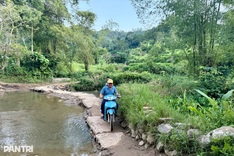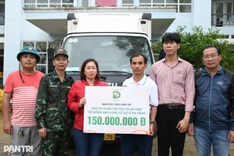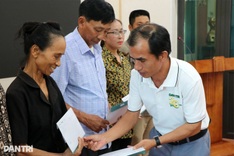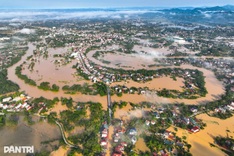"I joined two Myanmar friends in providing aid to local earthquake victims," she shared.
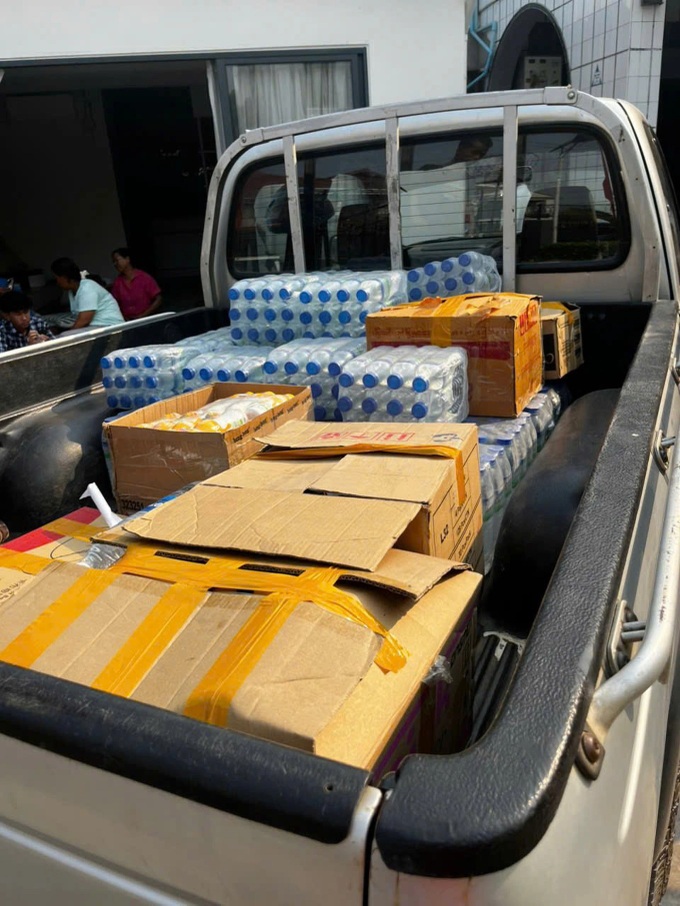
Goods transported to support earthquake victims in Myanmar.
On March 30, Nguyet visited a residential complex just 300 metres from her home. The earthquake caused two out of three buildings to collapse, while the remaining structure was left dangerously tilted.
Many residents managed to escape in time, but others remained trapped under the rubble.
"I couldn’t hold back my emotions upon witnessing families in tears, anxiously waiting for news of their missing loved ones. However, the lack of proper equipment made rescue efforts extremely challenging," Nguyet said.
On March 31, Nguyet’s group distributed essential supplies and cash to residents of a village 5km from Mandalay’s centre, home to 2,000 people living in 360 houses. The earthquake knocked down power pylons, triggering large fires and causing severe damage to local households.
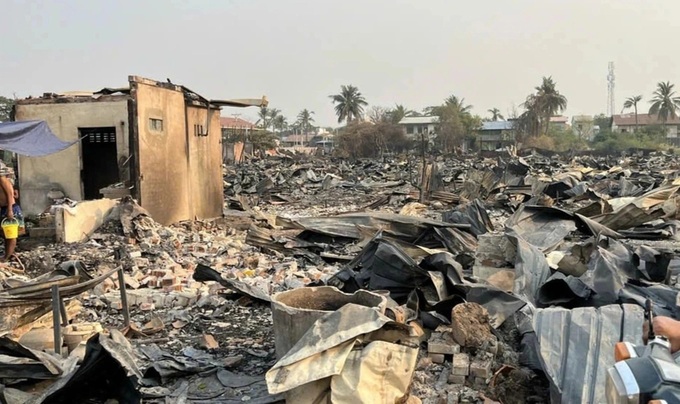
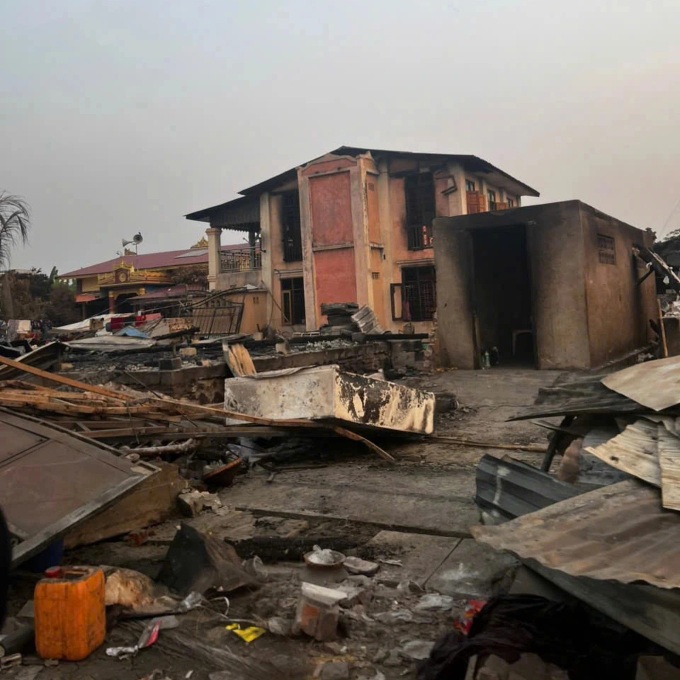
Many houses in the village are burnt down following the fire
When the relief team arrived, thousands of people pushed forward, creating chaotic scenes. It took time to restore order before aid distribution could begin.
Nguyet initially planned to give each person VND600,000 to VND1 million. However, due to the overwhelming number of victims, she could only distribute VND60,000 per person.
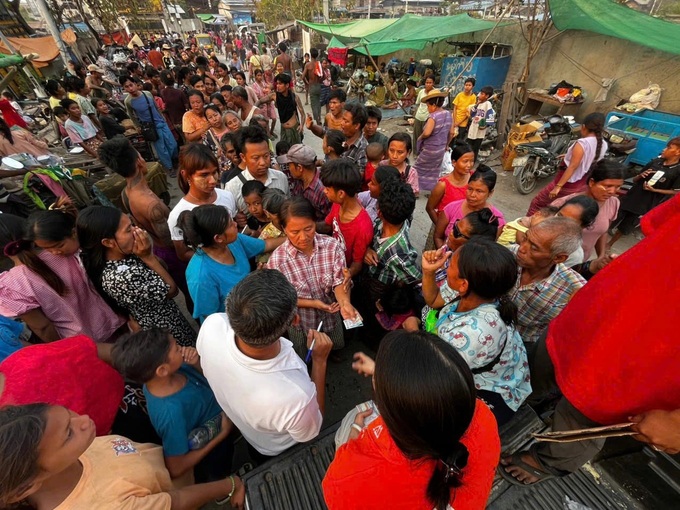
Nguyet's group distribute essential goods and money to local people in the village.
"We had to mark people’s hands with a pen to prevent anyone from receiving aid twice. As I neared the end of the cash pile, desperate individuals pushed and fought for fear of missing out," she recalled.
Mandalay is now a city in distress with daily life nearly at a standstill under the 40°C heat. Many displaced families are living in makeshift shelters, exposed to the elements.
Along the ancient city walls, Nguyet saw people building temporary tents, some even sleeping near garbage dumps, surviving solely on donations from relief groups.
"Authorities are racing against time to rescue victims trapped under rubble. Hospitals are overcrowded, patients lie on stretchers, and medical supplies are scarce," she added.
Some areas in Mandalay have had power restored, but only for three to four hours a day, while access to clean water remains critical. Even Nguyet’s family has run out of water and is relying on help from other Vietnamese communities.
A terrifying experience in Yangon
Although days have passed since the 7.7-magnitude earthquake struck Myanmar on March 28, Huynh Thi Ngoc Thanh, a Vietnamese resident of Yangon, is still shaken.
She vividly remembers 12.50 pm, when the ground trembled violently, shaking the entire city of Yangon for a full five minutes.
"I was at home when I felt the terrifying tremors. The ceiling lights swung wildly like a pendulum. I felt like I was on a ship tossed by a storm," Thanh recounted.
It wasn’t just the furniture, even the swimming pool in her yard was in turmoil. Waves crashed against the pool’s edges, splashing water everywhere.
Overcome with panic, Thanh held her daughter’s hand tightly, chanting Buddhist prayers, hoping for the disaster to pass. Meanwhile, her employees screamed and fled in terror.
"That moment was truly horrifying. I was paralysed with fear, worried that the house could collapse at any second. Fortunately, after the quake, everyone in Yangon was safe. I breathed a sigh of relief when I saw my home still standing, only the pool had cracked," she said.
Despite the disaster, Yangon was spared major damage, but Thanh’s family restaurant business has suffered. Now, many people are working together to assist the hardest-hit regions.
The 7.7-magnitude earthquake struck Myanmar on March 28, with its epicentre located 17km west of Mandalay, killing more than 2,700 people and leaving thousands more homeless.

